Whether you are going for an interview, participating in sports, or any other activity, having socks tends to be an unspoken rule, give for when you have sockless shoes.
However, settling on which type of socks is the most appropriate for your needs is usually not as straightforward as you may think, and it tends to be influenced by the socks’ material. As such, this article will walk you through:
- Twenty common materials used to make socks and their features
- The best materials for socks
- Things to consider while choosing the best materials for your socks
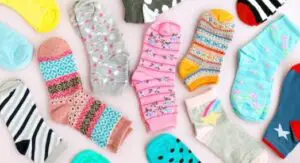
20 Common Materials for Socks
When it comes to materials used to make socks, the below materials are the most popular:
1. Acrylic
Acrylic is a soft, warm, lightweight, and fast-drying synthetic fiber with excellent wicking properties. When blended with wool, the resultant socks are suitable for outdoor activities during cold periods.
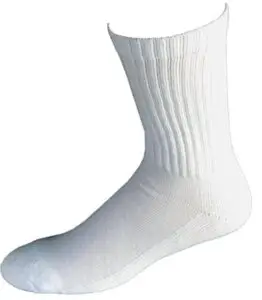
2. Alpaca
Alpaca is a durable, soft, and silky natured fiber comparable to merino sheep’s wool. Alpaca is hypoallergenic, water-repellant, and comes in various weights depending on their manufacturing process.
3. Bamboo
Bamboo is a hypoallergenic, durable, and organically microbial fiber that is silkier, softer, and more breathable than cotton.
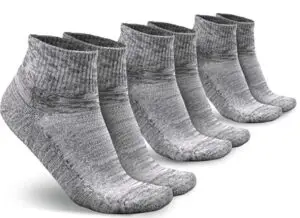
4. Coolmax
Developed in 1986 by DuPont, this fabric is moisture-wicking, shrink and fade resistant, making it suitable for strenuous activities. Moreover, combining it with other materials enables the resultant socks to be conducive for cold weather.
5. Cotton
Of all the materials socks are made from, cotton is one of the most common. Cotton has soft, strong fibers that are comfortable to wear in various weathers.
However, the material results in socks that quickly bag, leaving you susceptible to blisters. Therefore, to remedy the bagging, cotton is blended with other materials.
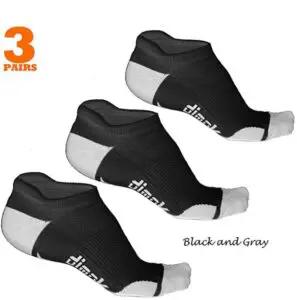
6. Merino wool
Merino wool comes from merino sheep. It is notably durable yet soft. Moreover, this material offers exceptional insulation that will result in warm socks that are moisture-wicking yet breathable.
The material is also elastic, stopping socks from bagging quickly.
7. Nylon
Nylon is a strong, lightweight, and water-absorbent synthetic polymer fabric that does not bag easily.
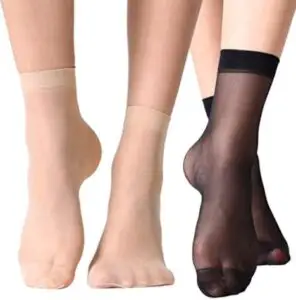
8. Polypropylene
Also referred to as Olefin, this material is:
- Waterproof
- Light
- quick-drying
- comfortable
- easy to clean
- moisture-wicking
Moreover, it is strong and stain-resistant and also revivals wool in terms of insulation.
9. Polyester
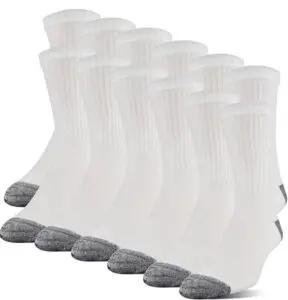 Polyester is a synthetic fabric that is:
Polyester is a synthetic fabric that is:
- Strong
- easy to clean
- quick-drying
- wrinkle-resistant
Moreover, it is better than nylon in terms of absorbability and breathability.
10. Rayon
Rayon is known for its high moisture absorption and soft texture. Moreover, rayon is a natural cellulose fiber.
11. Silk
No natural fiber rivals silk in strength. The material is:
- Light
- Elastic
- Absorbent
- dirt-resistant
- Excellent insulation properties are comparable to wool.
However, the material is sweat sensitive and needs regular cleaning and care.
12. Thermolite Polyester
Thermolite polyester is a synthetic material designed to provide comfort and warmth without being too heavy.
13. Lyocell (Tencel)
Tencel is a cellulose fiber derived from the wood pulp of trees like eucalyptus, birch, and oak, dissolved in non-toxic solvents under eco-friendly manufacturing processes.
The material is:
- softer than cotton
- lightweight
- breathable
- comfortable
- supple
However, the material is expensive due to the technology used in its production.
14. Lycra or Spandex
Spandex is popular due to its elasticity. Spandex’s elastic nature makes it suitable for integration in socks as it will help maintain the socks’ flexibility and elasticity.
15. Modal
Modal is a type of rayon made from beech tree fiber. It is used alone or in combination with other materials like spandex and cotton. The material is soft like cotton, silky wrinkle-resistant, highly absorbent, and wrinkle resistant. Moreover, after numerous washes, the material becomes brighter and softer than cotton.
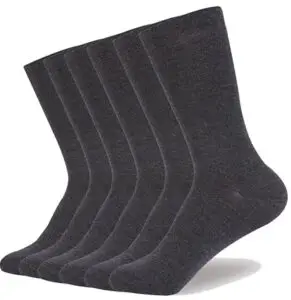
16. Combed cotton
Combed cotton refers to cotton combed to remove impurities and shorter fibers, making the resultant cotton softer and more durable. It is also anti-odor, absorbent, and dries quickly.
17. Mercerized cotton
Mercerization involves using chemicals to alter the cell structure of ordinary cotton, increasing its affinity for dyes.
18. Cashmere
Cashmere comes from the Cashmere goat. The luxurious fabric is silky, soft, and lightweight.
19. Recycled cotton
Recycled cotton from the discards and scraps from the cotton cutting and weaving process makes durable and moisture resistant socks.
20. Viscose Rayon
The above material is man-made but not a synthetic fiber derived from wood pulp. It does not wick moisture efficiently but is breathable, smooth, and soft. However, when wet, the material loses its strength.
What Type of Material is Best for Socks?
Regardless of how many types of materials are available for making socks, the below materials are generally the best:
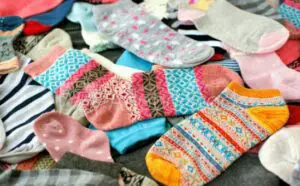 Cotton
Cotton- Wool
- Nylon
- Polyester
- Acrylic
- Spandex
- Polypropylene
- Cashmere
- Rayon
- Bamboo
- Silk
What to Consider on Deciding Which Materials of Socks Are the Best?
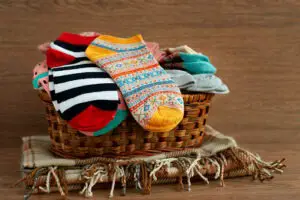
When faced with the issue of which material you should pick for your socks, consider the following factors:
1. Activity
Before buying any socks, consider what activities you will participate in while wearing them as below:
- For your ordinary office job, cotton socks will be efficient as they are relatively cheaper, and since you will not walk much, the socks will not disintegrate quickly.
- For jogging, avoid cotton socks and go for moisture-wicking materials like wool.
- For athletic activities, thicker materials like wool with padding will be efficient.
2. Fit
The material you consider should enable the socks to fit you properly and be durable for a long time. As such, consider 100% cotton socks only after careful thought. Nylon, on the other hand, will give you a good fit.
3. Appearance
The material you choose should complement your appearance. Therefore, socks made from Mercerized cotton would be suitable as they come in various colors.
4. Cost
Buying socks should not leave you broke. Instead of cashmere socks, you can opt for cheaper synthetic options like nylon and spandex, as they will still give you comfort without the hefty price tag.
Conclusion
There are various types of materials used to make socks. However, not all the materials will suit your needs. Therefore, when choosing the best material as per your preference, consider the various mentioned types in the article to help you make the best decision.

